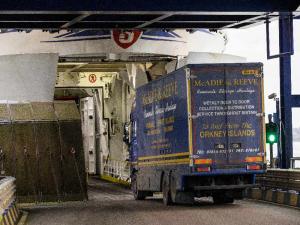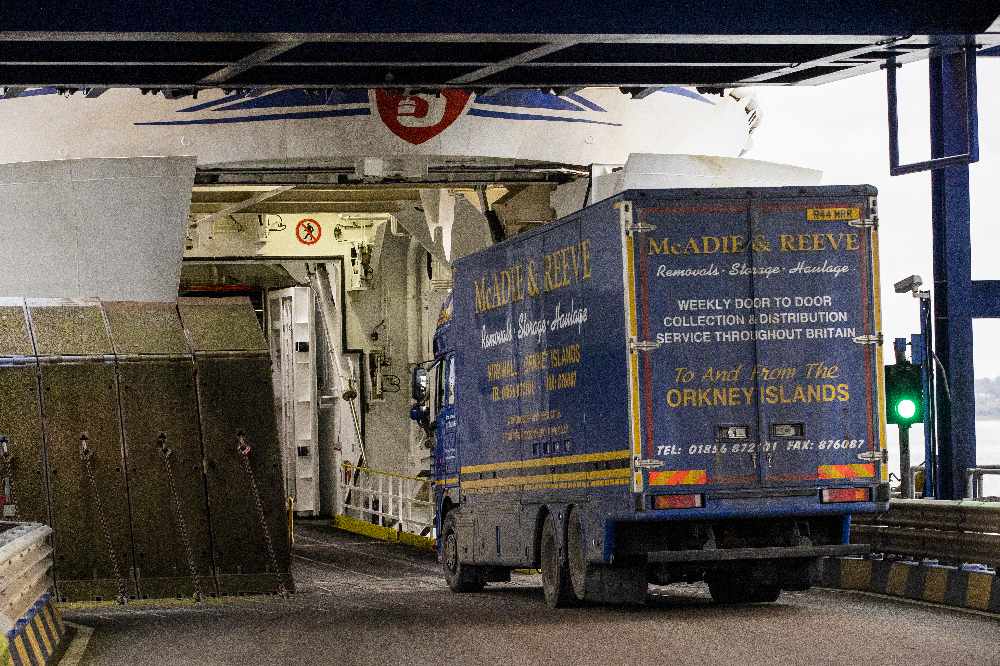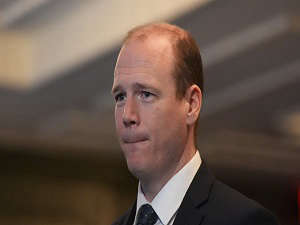
By Rebecca Black, PA
The shortage of HGV drivers “did not happen overnight”, a Stormont committee has heard.
Seamus Leheny of Logistics UK said the current 76,000 shortage of drivers is a problem that has grown over a number of years, and not been addressed properly by government.
John Martin from the Road Haulage Association said there is a shortage of between 4,000 and 5,000 HGV drivers in Northern Ireland.
MLAs also heard a plea for recognition of drivers and an academy to keep a flow of young people entering the industry.
Mr Leheny said there was a lack of young drivers, with fewer than 2% of HGV drivers in Northern Ireland under the age of 25, due to insurance costs and lack of visibility of the industry.
He also cited the lack of facilities for drivers and safe secure parking as contributing factors.
Addressing the Infrastructure Committee, Mr Leheny also referred to the overwhelmingly male workforce, with fewer than 1% of qualified drivers in Northern Ireland being female.
Mr Martin described contributing factors to the driver shortage as the loss of 2,400 HGV tests due to the coronavirus pandemic, which will take 12-15 months to claw back.
He also described a loss of capacity in the sector due to post-Brexit trading arrangements between Great Britain and Northern Ireland.
“That has slowed down the logistics chain and the result is that trucks are coming over to Northern Ireland with less product, maybe only 50% to 75% full, so there is a loss of capacity within the sector,” he told MLAs.
He described delays at many of the major distribution centres.
“Truck drivers could roll up at a regional distribution centre and maybe sit for anything up to four to six hours until he is given a slot to offload.
“There are a number of reasons for that, partly down to a lack of warehouse staff,” he said.
Chris Slowey, managing director at Manfreight, said his firm had to recruit drivers from England because those from Northern Ireland do not want to go to Great Britain due to the uncertainty over when they will get home in the current climate.
He said his firm has 224 full-time drivers and 72 part-time drivers with an average age of 56.
Mr Slowey said his firm, as well as others, including Hendersons, have established their own academies for training drivers, and put through three to four people per month.
He said that HGV drivers are not recognised as “professional people” despite their unique skillset.
He called for drivers’ accreditation and a progressive path within the industry.
“As a committee, I am asking you bluntly, it’s recognition that this is an industry that you need for the economy, give us an academy, we will contribute to it from a collective of companies towards the running costs.
“It gives us a skilled set of individuals entering the industry that has the ability to complete the tasks, to go out to the marketplace to deliver the goods and we can manage them and develop from there,” he said.



 Kneecap announce new song ahead of headline performance at London’s Wide Awake
Kneecap announce new song ahead of headline performance at London’s Wide Awake
 Gordon Lyons to attend first GAA match as Stormont Communities Minister
Gordon Lyons to attend first GAA match as Stormont Communities Minister
 Fresh appeal over 1973 murder of 18-year-old whose body was found in quarry
Fresh appeal over 1973 murder of 18-year-old whose body was found in quarry
 Kneecap say terror charge is ‘carnival of distraction’ and ‘political policing’
Kneecap say terror charge is ‘carnival of distraction’ and ‘political policing’
 Woman assaulted while jogging in West Belfast
Woman assaulted while jogging in West Belfast